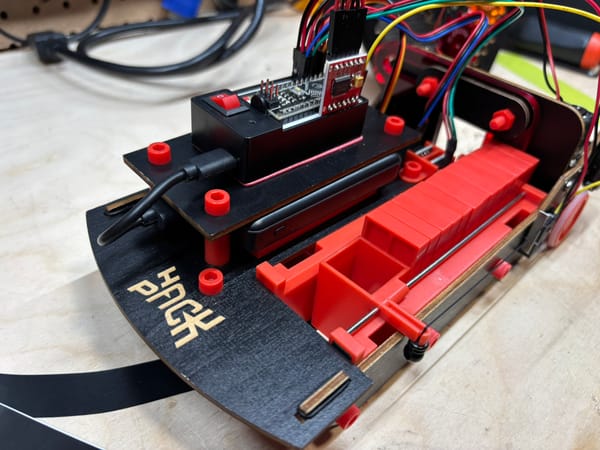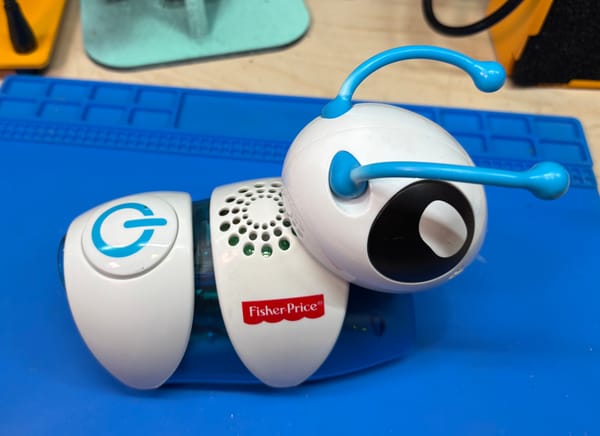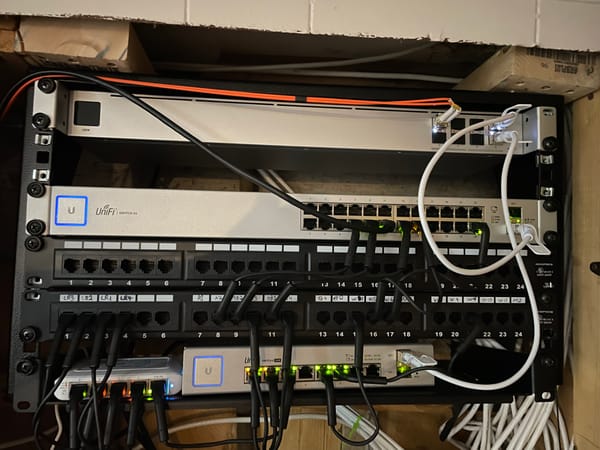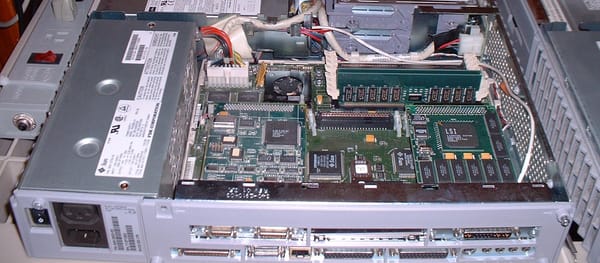Why Did the Ouya Console Fail? A Postmortem
Discover the story of the Ouya's bold Kickstarter success that promised to revolutionize gaming. How did it rise, falter, and leave its mark?
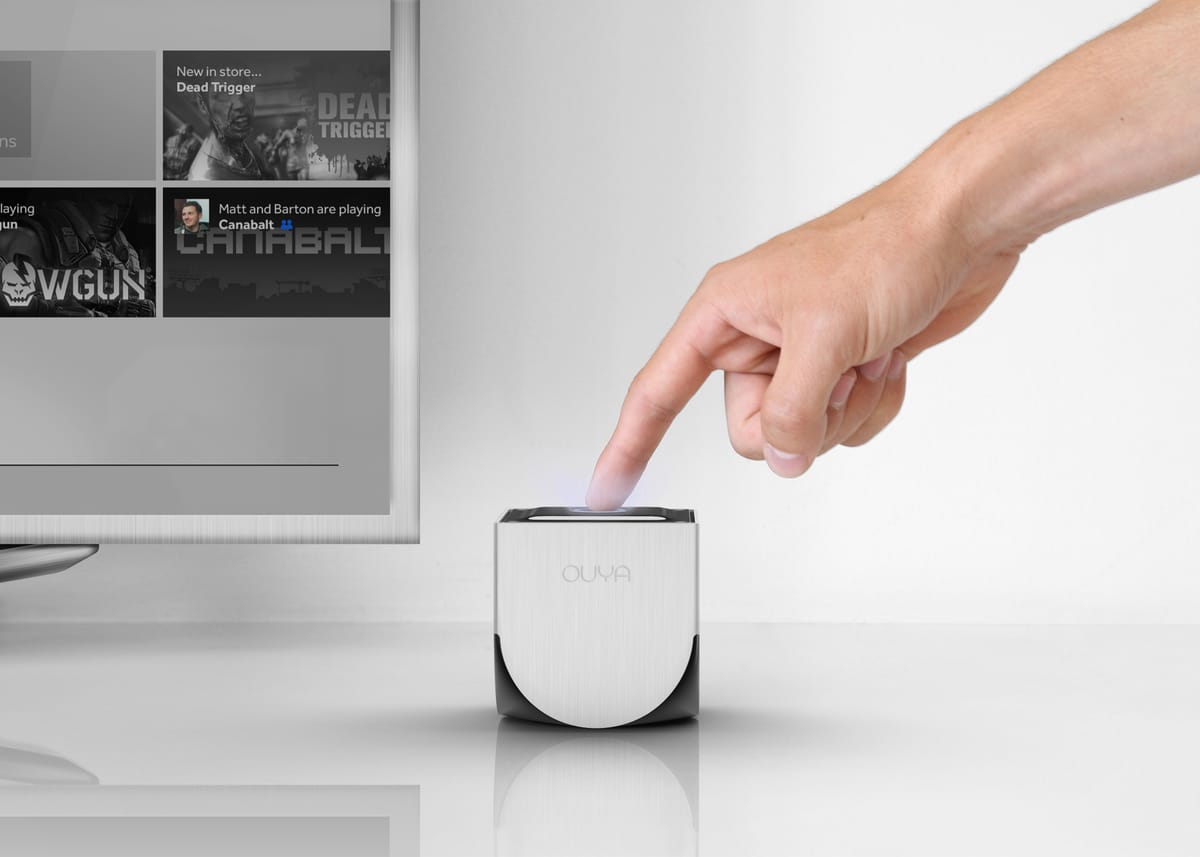
In the early 2010s, the concept of the Android microconsole captured the imagination of gamers and developers alike. These compact devices promised to bring Android’s vast library of mobile games to the living room, combining affordability with accessibility. At the forefront of this movement was the Ouya, a Kickstarter darling that set out to redefine gaming. But while its ambitions were bold, the story of the Ouya became a cautionary tale for crowdfunded hardware.
The Story of Ouya: From Kickstarter Sensation to Disappointment
The Ouya made waves in 2012 as one of Kickstarter’s most notable success stories, raising an impressive $8.6 million from over 63,000 backers. The pitch was simple yet enticing: a $99 open-source gaming console powered by Android, where every game would have a free-to-play component. Developers were promised a platform free from the gatekeeping of traditional console ecosystems, and gamers were promised an affordable way to enjoy indie titles on their TVs.
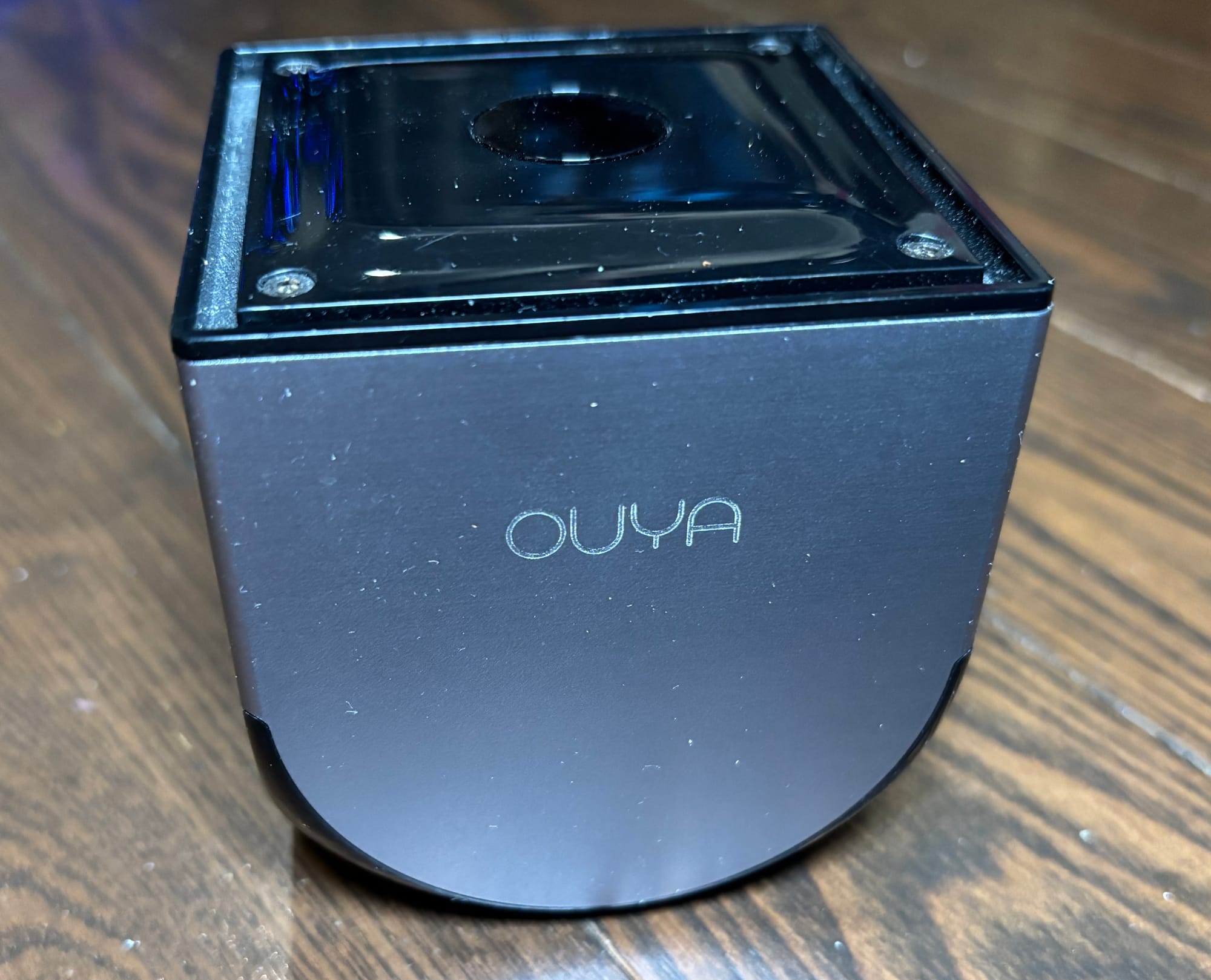
However, the Ouya’s journey from concept to consumer was fraught with challenges. Early adopters who backed the campaign experienced significant shipping delays. To make matters worse, retail units were available before backers received their consoles, causing frustration among the community. Adding insult to injury, international backers often faced exorbitant brokerage fees and customs charges, sometimes increasing the cost of the console by 50% or more.
A Mixed Experience: Setting Up the Ouya
Once in hand, the Ouya’s setup process was straightforward: plug in the power and HDMI, connect to Wi-Fi, and complete a mandatory firmware update. However, this seemingly simple process exposed one of the console’s critical flaws—its unreliable Wi-Fi connectivity. Early models suffered from weak antennas, causing frequent connection drops. For many users, the initial setup became a tedious ordeal, with updates taking over an hour to complete.

Even after overcoming these hurdles, new users were met with a surprising requirement: entering credit card details to create an account. While this was likely intended to streamline in-app purchases, it was an odd choice for a device marketed around free-to-play gaming.
The Gaming Experience: Limited but Nostalgic
At launch, the Ouya’s game library was underwhelming. While the console’s flagship title, TowerFall, gained critical acclaim, it failed to drive significant sales, with just 7,000 units sold on the platform. Beyond this standout title, the store featured a sparse selection of games, many of which felt more suited to mobile devices than a dedicated gaming console.
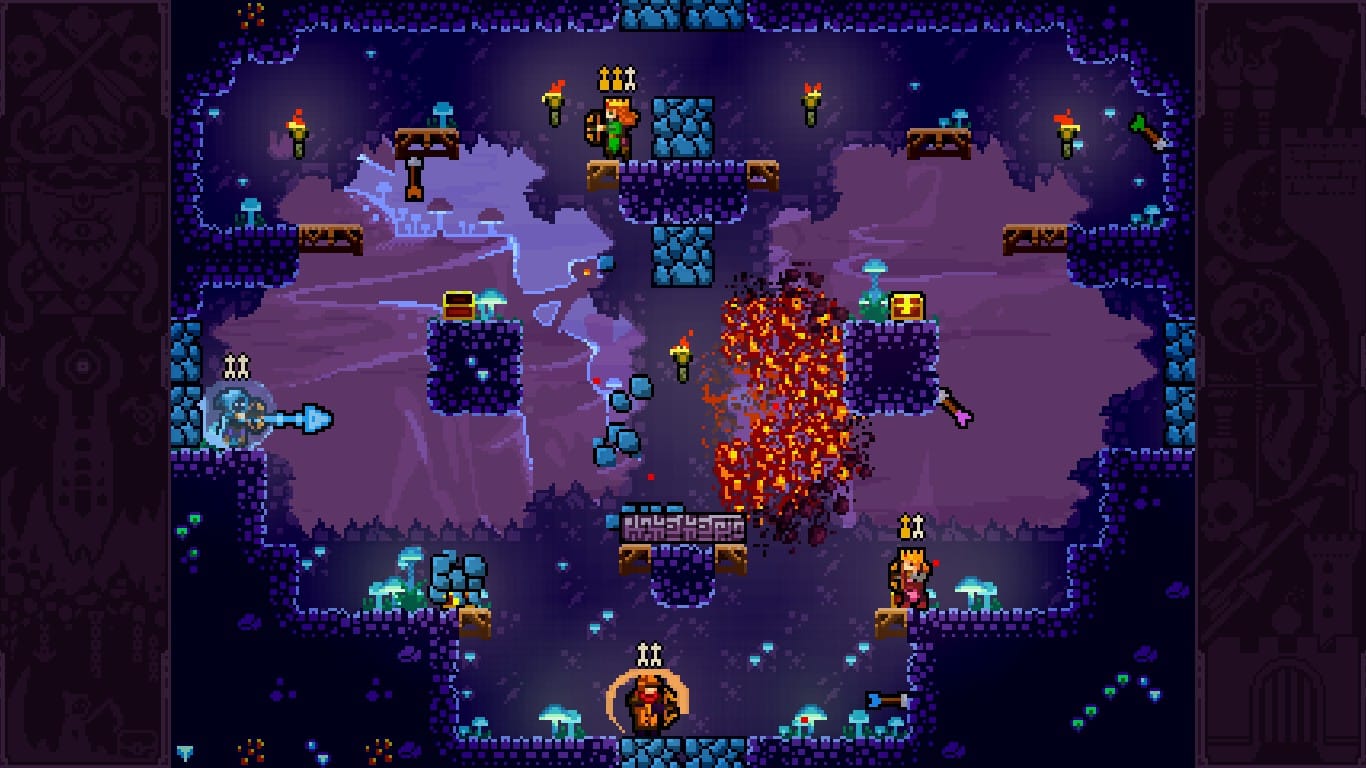
However, the Ouya found an unexpected niche as a retro emulation device. Its open nature and support for emulators like NES and SNES made it a favorite for enthusiasts looking to revisit classic games. For many, the console’s true value lay in recapturing nostalgia rather than embracing its intended purpose as a modern gaming platform.
The Hardware: Accessible and Mod-Friendly
The Ouya’s hardware was modest but adequate for its time. It was powered by an NVIDIA Tegra 3 processor, supported by 1GB of RAM and 8GB of internal storage, expandable via USB. The console featured a single HDMI output for video, along with a micro USB port that allowed developers to connect it to a PC and use it as a development kit through the Android SDK (ADB). This made every Ouya unit both a consumer console and a developer platform, fostering an open ecosystem for indie developers.
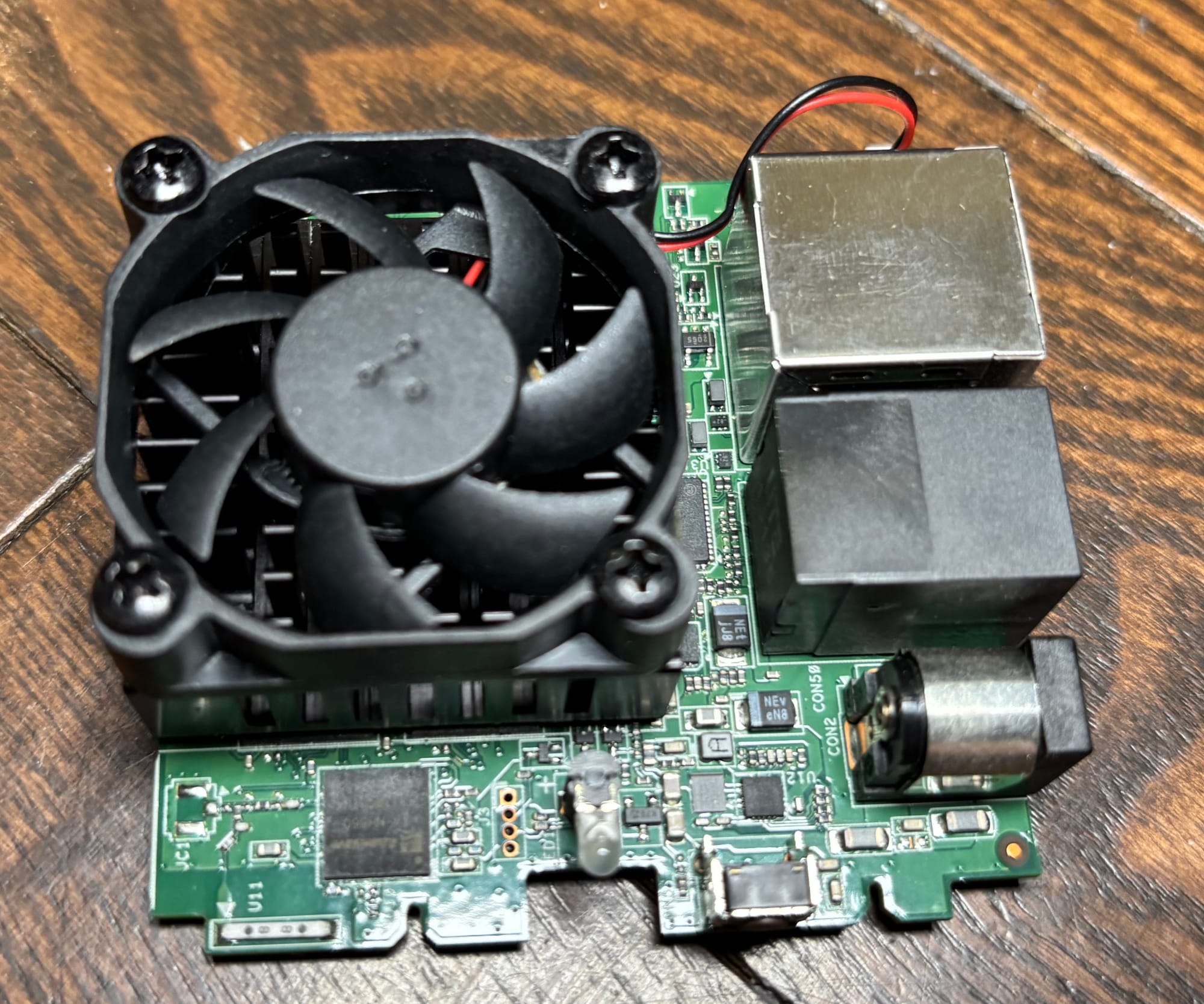
One of the most appealing aspects of the Ouya was its ease of access for hardware modifications. The console was designed to be easily opened, inviting tinkerers and hobbyists to explore hardware mods or repairs. This openness was a rare and welcome feature in an era of increasingly locked-down consumer electronics.
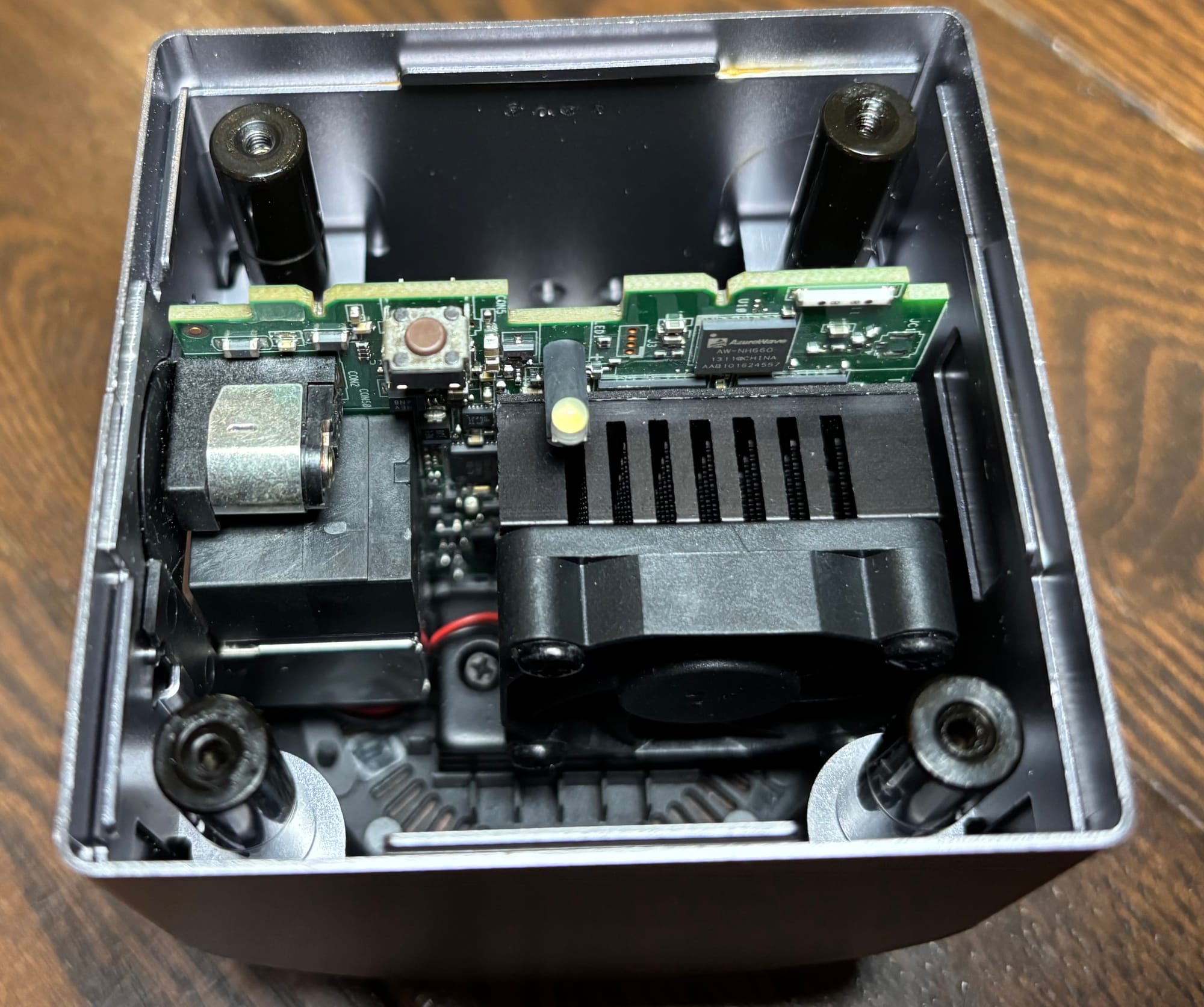
The Controller: A Unique but Flawed Design
The Ouya’s controller aimed to differentiate itself with a touchpad and customizable faceplates, but its execution left much to be desired.
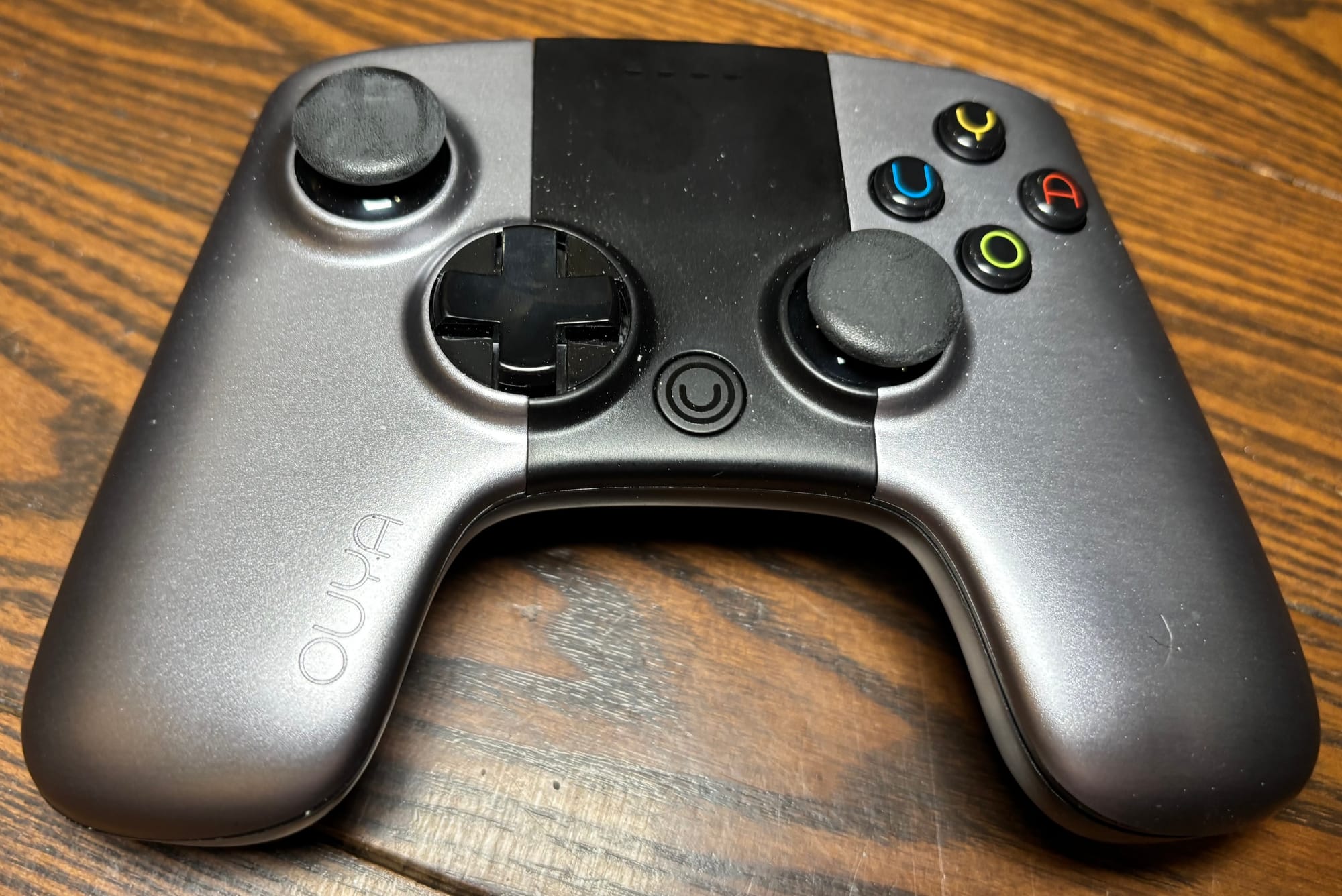
Build quality issues were prevalent, with sticky buttons and laggy inputs frustrating users. The touchpad, while innovative in concept, saw limited practical use due to poor sensitivity and a lack of software integration. These shortcomings, coupled with its comparatively high price, made it hard to standout with established controllers from other gaming platforms.
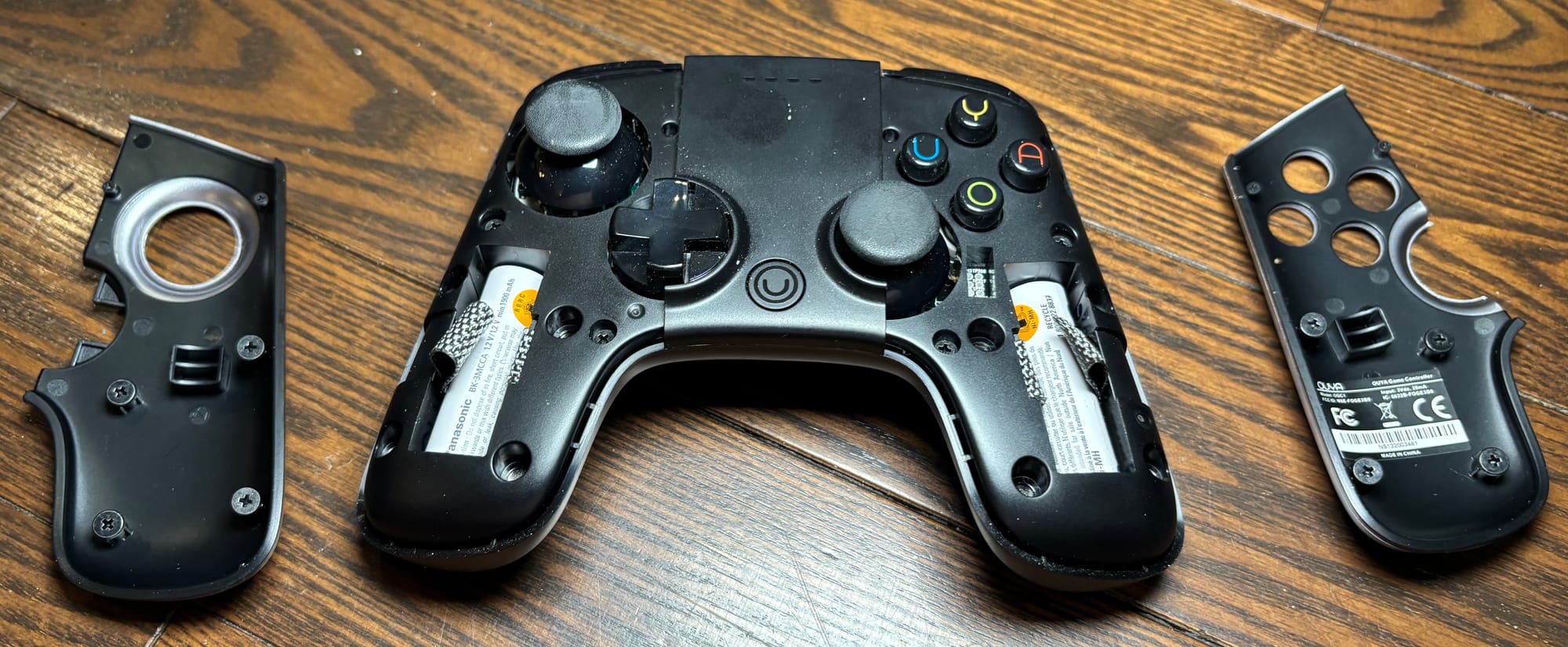
The Demise of the Ouya
Despite initial enthusiasm, the Ouya struggled to maintain momentum. The lack of compelling exclusive games and ongoing hardware issues alienated both developers and players. By 2015, the writing was on the wall. The company was acquired by Razer, which integrated Ouya’s software into its own Forge TV platform before quietly discontinuing support altogether. For backers and buyers, the once-promising revolution had fizzled out.
The Legacy of Microconsoles
While the Ouya’s story ended in disappointment, its legacy paved the way for other microconsoles and streaming devices. Products like the NVIDIA Shield and Amazon Fire TV found success by learning from Ouya’s mistakes, offering better hardware, stronger ecosystems, and broader support for apps and games. Even as the Android microconsole concept evolved, the Ouya remains a reminder of both the potential and pitfalls of crowdfunding ambitious hardware projects.
In retrospect, the Ouya’s promise of revolutionizing gaming was a dream too big to realize. Yet, it’s worth acknowledging its role in sparking conversations about open platforms and indie game development. The Ouya may not have changed gaming, but it left an indelible mark on the history of microconsoles.

